Artist Alicja Kozlowska is not only on a mission to bring Pop Art back to today’s art scene. She’s also taking Pop Art to new levels through her use of stitch.
Alicja is a devout fan of Andy Warhol. And she’s dedicated to resurrecting his messages against mass production and levels of consumerism that still exist today. Like Warhol, she uses commercial branding as her subject and elevates the everyday images with which we are bombarded through hand and machine embroidery.
She also takes her work to the masses in quite surprising ways. Don’t miss reading about her ‘performances’ in shopping malls, museums, and even an opera house.
Alicja creates and lives in Poland. She has numerous publications in handicrafts magazines and book illustrations. Her work can currently be seen at the LAM Museum in the Netherlands (where all works relate to food or consumption). She also participated in a collective exhibition in Warsaw this past October called “ART 6.” And she is currently featured in the collective exhibition “Pop Art Award” at the M.A.D.S. gallery in Milan.
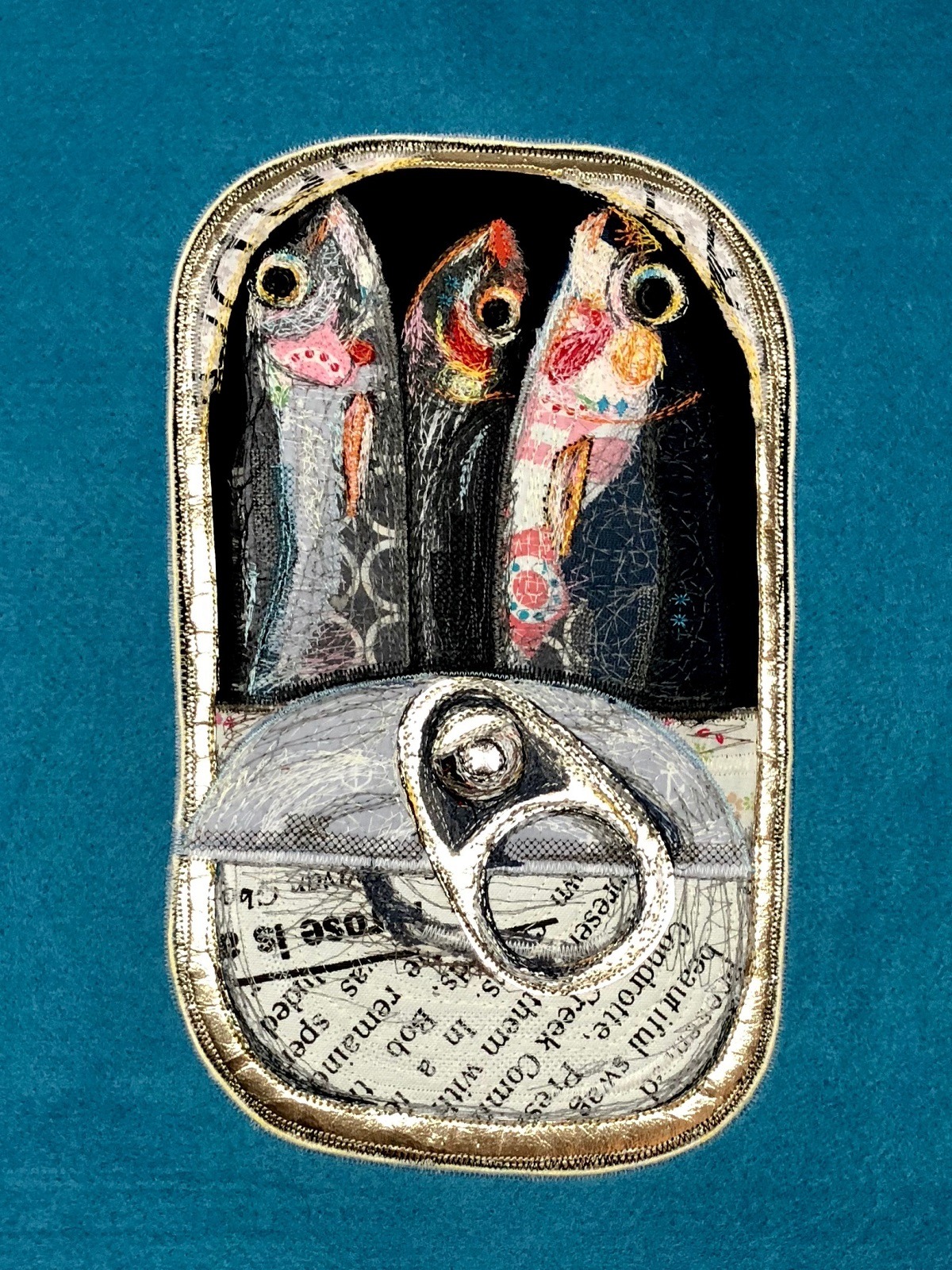
Inspired by Andy Warhol
TextileArtist.org: What initially attracted you to textiles as a medium? How was your imagination captured?
Alicja Kozlowska: I started my artistic path very typically through adventures with graphics, sculpture and painting. I developed under the watchful eye of recognized Polish artists.
At the same time, as if involuntarily reaching for textiles, I sewed, embroidered, and crocheted. I was constantly stimulated by the reality that surrounded me, especially the political, environmental and mass production problems that were present.
Searching for my way, I encountered works made of an unusual technique that combined painting and tailoring. I immediately thought it was a perfect combination and was something that would allow me to realize my passions. So, I started by sewing 2-dimensional paintings inspired by my daily life.
My very first painting was a portrait of an Indian elephant. I sewed it up because it had a lot of decorations, and I could practice my concept. I didn’t quite know what to expect and decided to experiment a bit.
Another work was a can of sardines that is my favourite 2-dimensional work. In this piece, I focused more on experimenting with colour. I discovered a great technique: using the colour turquoise as an accent suits almost every work.
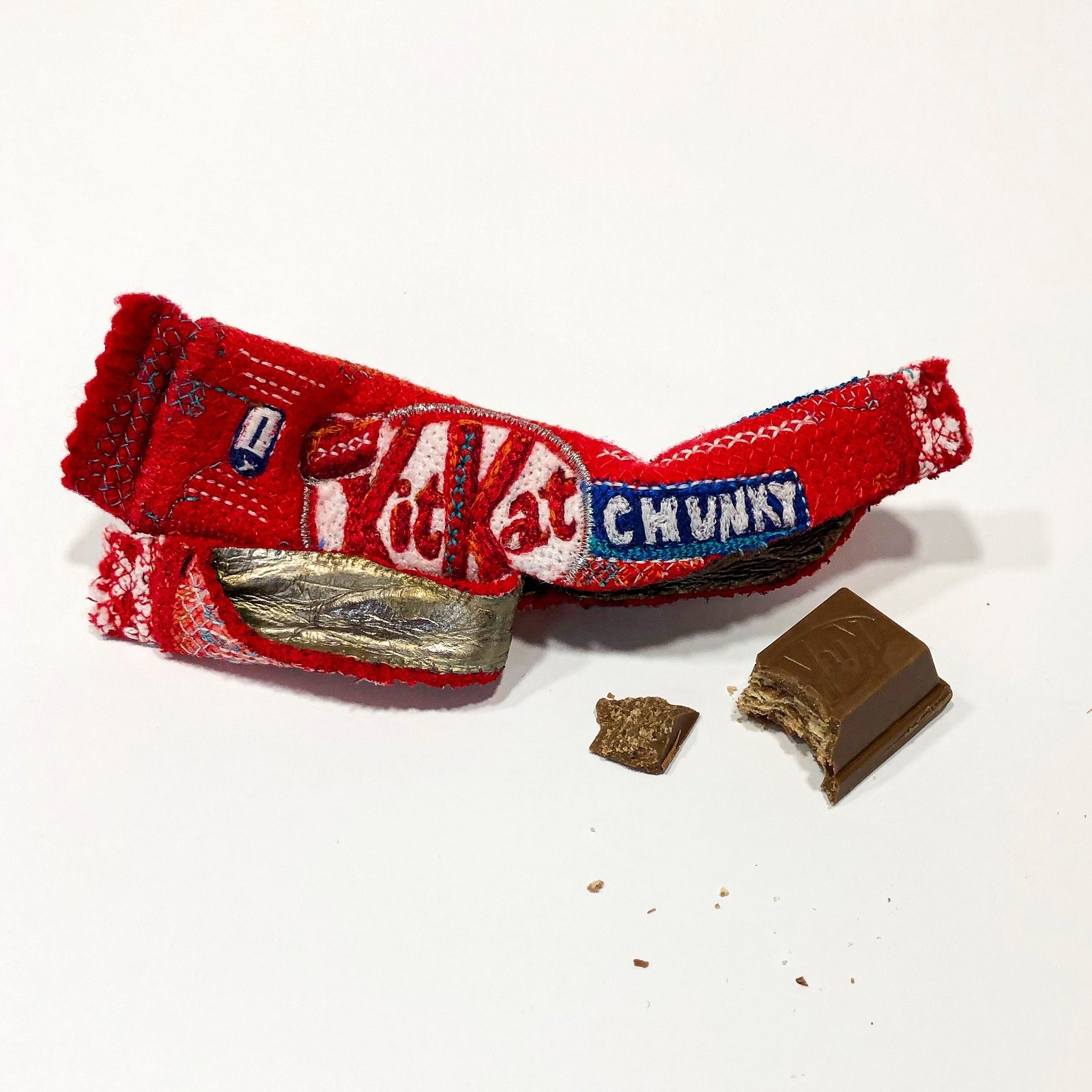
What or who were your early influences and how has your life/upbringing influenced your work?
I’ve always been inspired by Andy Warhol and Pop Art. What captivated me the most about Warhol’s work was the utter elegance, simplicity and directness of his paintings. He had an ability to distil a world of information into a picture through minimal but brilliant intervention. It reveals a profound social and technological complexity.
Warhol also dealt with the deepest of human emotions – desire, fear, voyeurism. And in a witty way, Warhol adopted French painter Marcel Duchamp’s views on the relationship between handicraft and mass production. He explored how the individual intersects with culture and the relationship between works of art and everyday consumable commodities.
Mass production supports consumerism. Even the best healthy or pro-social intentions of mass-produced items die by the time they reach a shelf. The people who design packaging may be the most creative artists who put their soul into their designs. But their work largely goes unrecognized, because the consumers aren’t thinking about art.
Still, consumers are often guided by patterns, so I want to help them look at everyday objects or goods from a different perspective.
In the golden age of Warhol, consumerism in Europe was just gathering momentum. Now we are standing over the abyss and praying for a weak wind so we won’t be blown into the abyss. We are returning to times when political divisions prevail over humanity and tolerance. We build borders and try to isolate, often against the beautiful slogans proclaimed in public.
Painting by sewing for me is the format to address that deeply negative, culturally-constructed indifference.
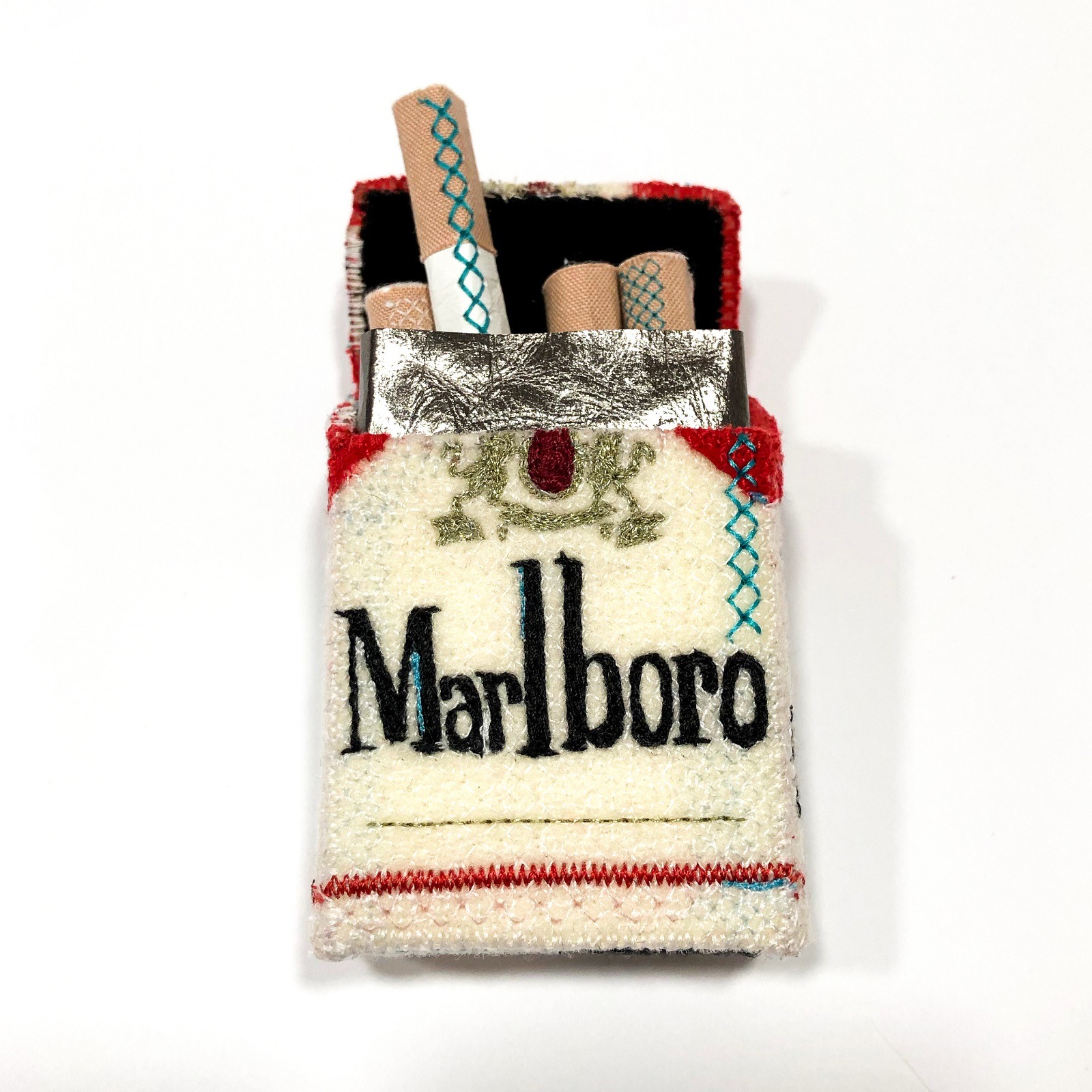
What was your route to becoming an artist?
I’ve always been addicted to handicrafts. The act of creation has always been my first priority.
I started making and selling jewellery and accessories. I also made illustrations for books and wrote articles for handicraft newspapers.
I went to an art high school for graphic design, but apart from that, I mostly experimented with fabric and tested various techniques (sewing, embroidery, crochet, patchwork, tatting). After various attempts, I began to create felt sculptures that began to arouse the interest of recipients.
I think, on the one hand, people were attracted to the sculptures because they were funny and seemingly trivial. But after deeper reflection, they carry a deep message and potential for interpretation. I also think people are interested in new and unknown techniques.
I also love to create ‘performances’ forcing viewers to think more deeply about the problem hidden in my message. I place sewn works into various environments and then observe the responses of people who see them.
For example, I’ll go to a shopping mall and set one of my pieces on a store shelf. And then I’ll watch to see what reactions the piece gets from shoppers. My goal is to surprise and involve the viewer, and usually, their reactions are very positive.
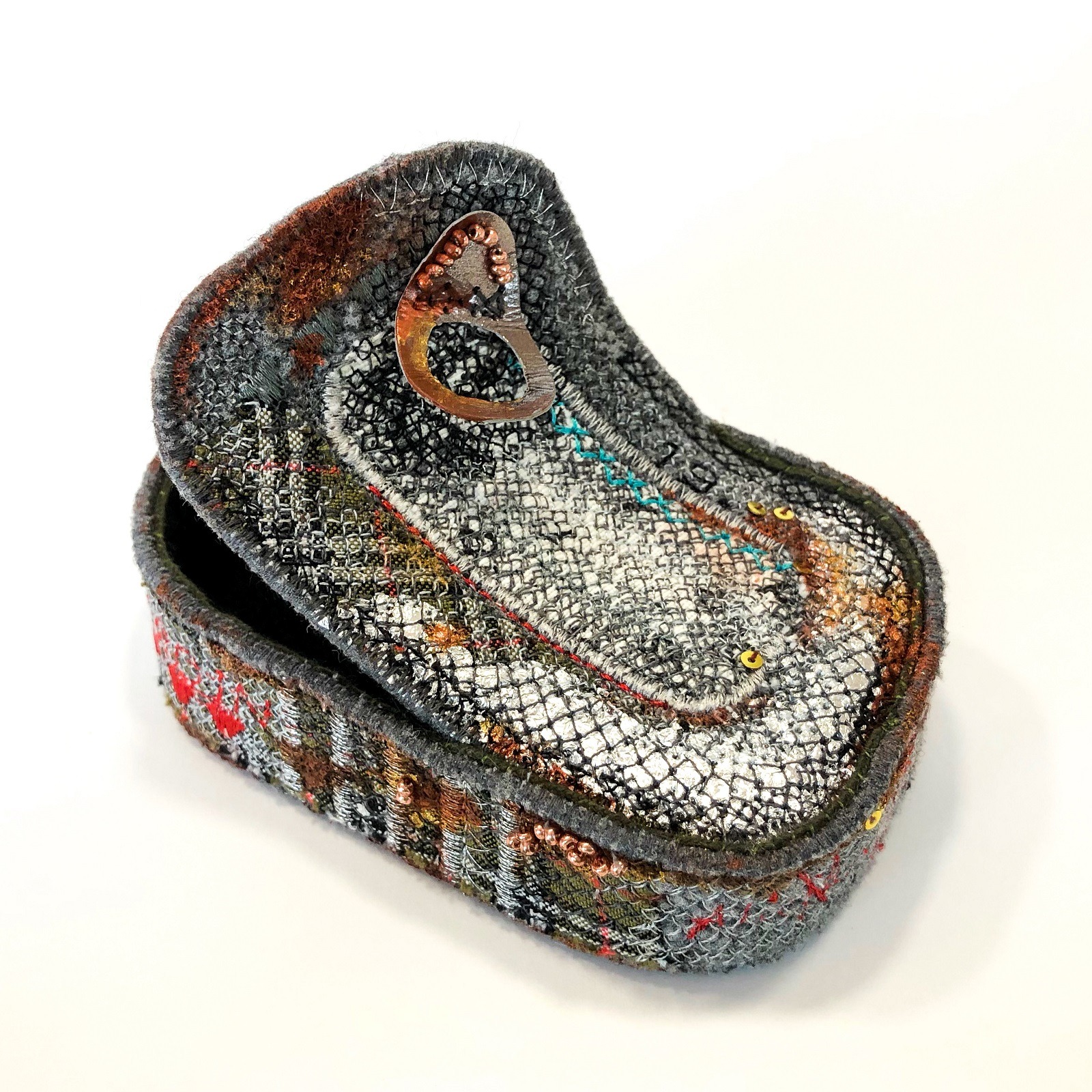
Calling attention to mass production
Tell us about your process from conception to creation
I am looking for mass production products that on the one hand have an interesting shape and recognizable logo, and on the other hand, can be a tool for articulating ideas. My pieces ‘Coca-Cola’ and ‘Marlboro’ are good examples of this, as well as ‘Lucky Strike’ and ‘M&Ms.’
I use a felt pattern as my base. This is probably the most difficult and a bit of a technical stage. I must first check measurements from the reproduced product, then draw it up into a pattern using my spatial imagination and mathematical skills. I then cut out the skeleton and check my dimensions. It is tedious trial-and-error work.
Depending on the intended purpose, I then use different fillings and fixing techniques. If the sculpture needs to hold its shape, I fill it with a lot of cotton wool. But if it can be soft and plastic, I use a filling I make myself that’s a mixture of cotton wool and cut sponge.
Sometimes I use unnecessary cuttings. It really all depends on what I need.
Then I have to figure out how to pull it all together into a single piece. There is no one golden rule or technique that works across all my pieces. Each work poses a new challenge.
When the skeleton of the construction is ready, my favourite and the most creative stage begins, thread painting. I embroider by hand and use a sewing machine with an open-toe embroidery foot.
I use threads from Ariadna and DMC. For me, they’re the best because of high quality and durability.
I have been using the Janome Professional Memory Craft 6600 machine for a year, and I can say with confidence it’s the best machine I’ve ever had the opportunity to use.
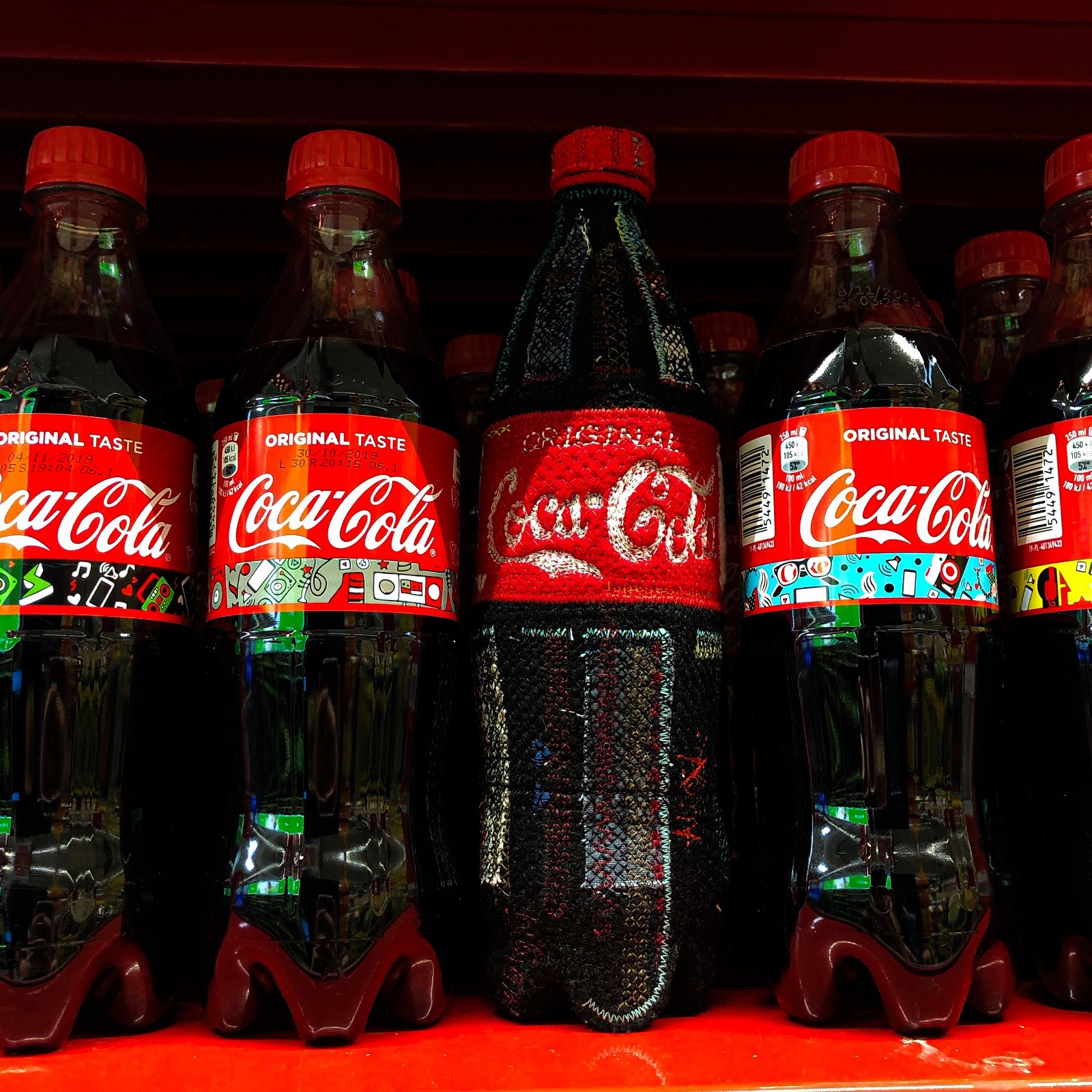
Tell us a bit about your chosen techniques and how you use them
I mainly use the Art Quilt technique. I create a lot of layers of materials of different origins. Cotton is my favourite, but it may not be noticeable at first because I pierce it with stitch so many times.
I use quite thick felt, so I do not need a hoop for my embroidery. And I use a wide variety of stitches, but recently I really like the French wick.
I don’t ever use a Sketchbook or computer to generate ideas. I prefer to just start making. I like it when I can add something and assess what’s missing. I let creative inspiration take over.
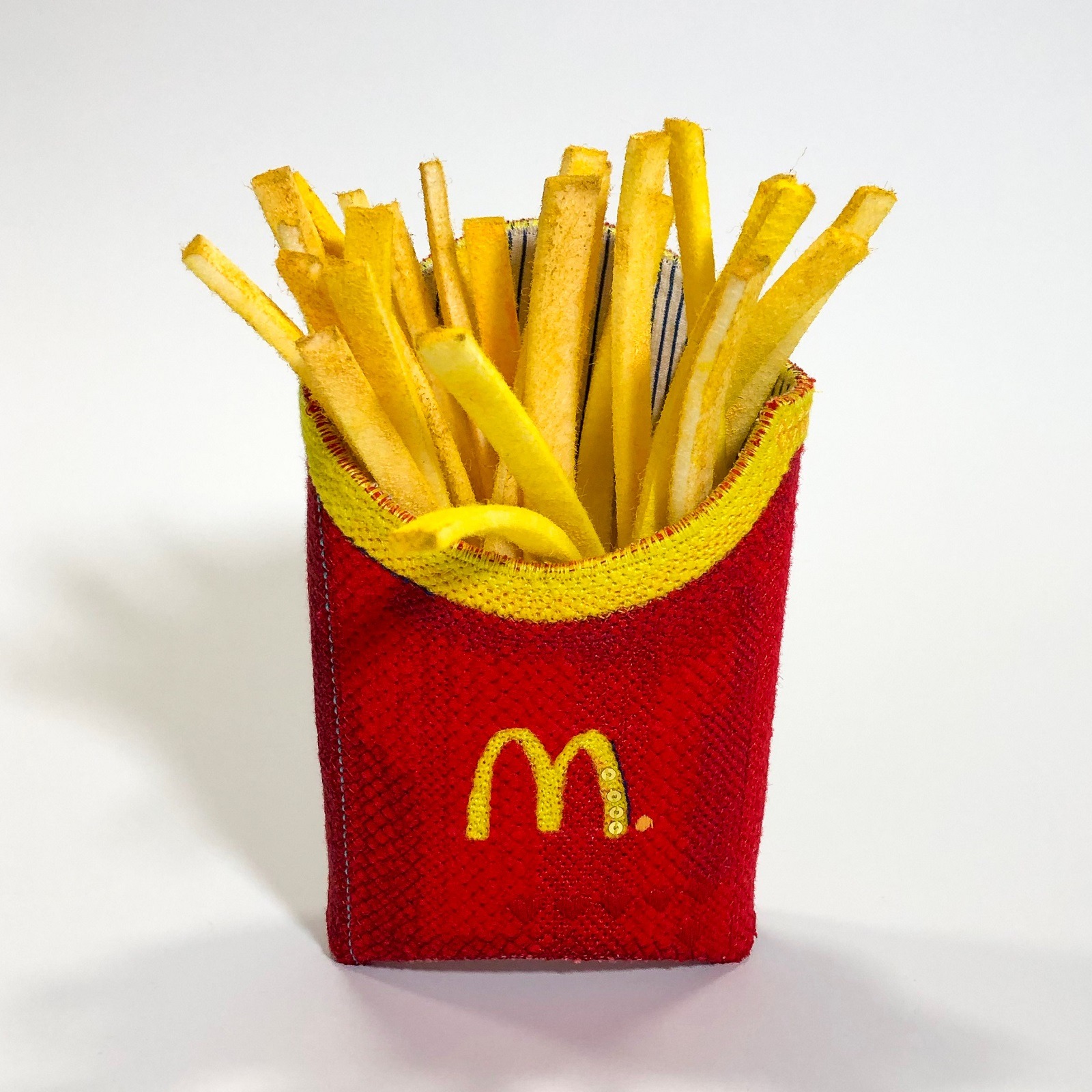
What currently inspires you?
I’m inspired by daily life, everyday objects, mass culture, and things to which we do not pay special attention but are an indispensable part of our everyday life. It all intertwines with Pop Art. It’s kind of contagious in a good way.
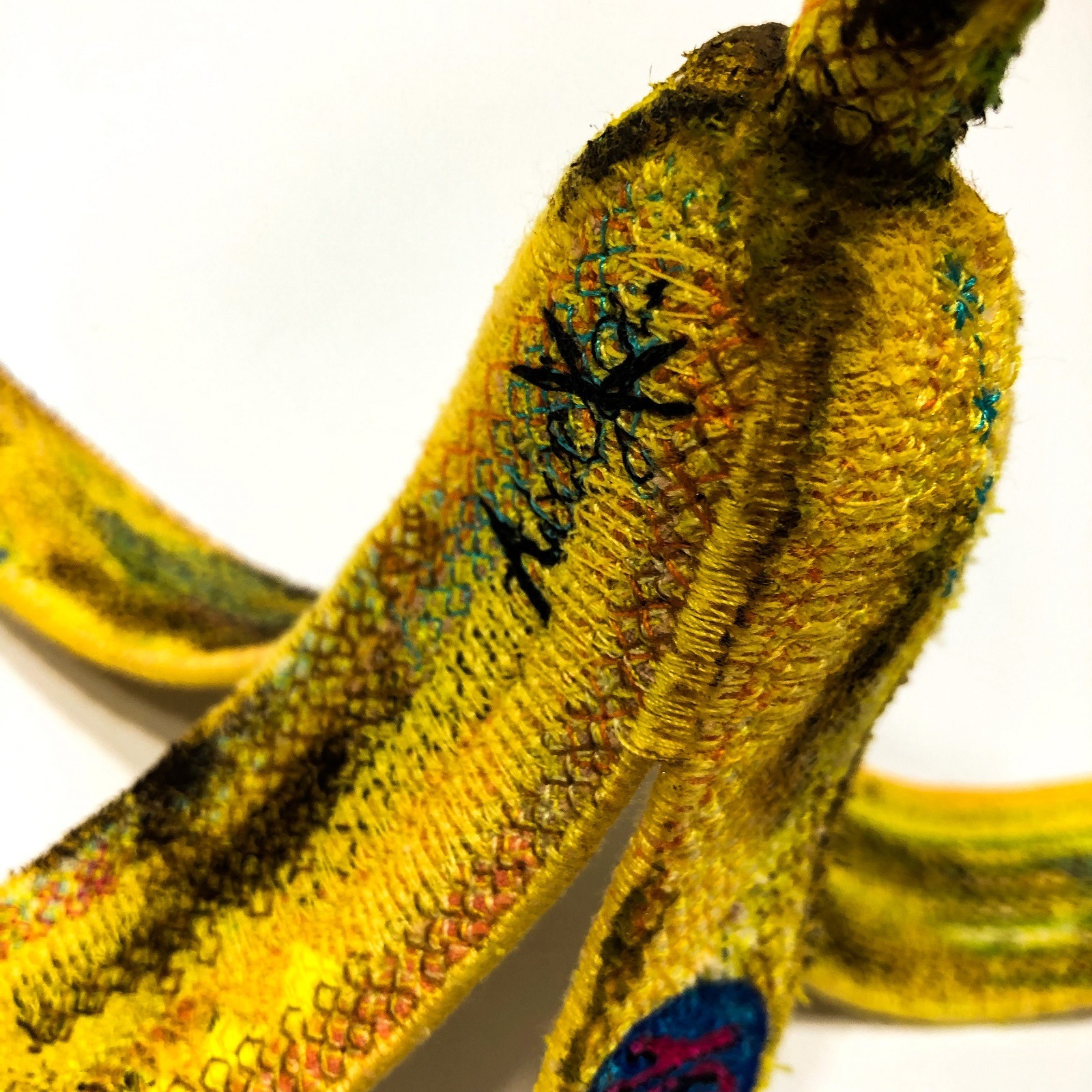
Resurrecting Pop Art
Tell us about a piece of your work that holds particularly fond memories and why?
The sculpture called ‘Andy’ is particularly close to me. It is a banana peel inspired by Andy Warhol’s banana. It was my first work exhibited at LAM in Lisse, Netherlands, and it’s there through January.
I also used ‘Andy’ in many of my ‘performances’ at museums, shops, on the street and even at the opera. I surprised people by placing it in crowded areas and then watched people’s reactions. Most shied away for fear of slipping, while others just enjoyed.
I also set it among 15th-century works in various European museums and watched people’s reactions. They were usually positive.
‘Andy’ was created in 2019 from felt, cotton and other materials commonly used in art quilt and embroidery techniques.
My inspiration was everyday consumerism, showcasing popular and well-known brands from around the world that have permanently entered the canons of mass sales and the world of advertising.
My goal in creating sculptures is to make the viewer realize that art is contained in even the most obvious objects. And even in the mass reception zone, unique works of art exist.
Despite the fact that mainstream pop art is considered out-of-date, I created ‘Andy’ as a modern-day look at pop art that still surrounds us in life and work.
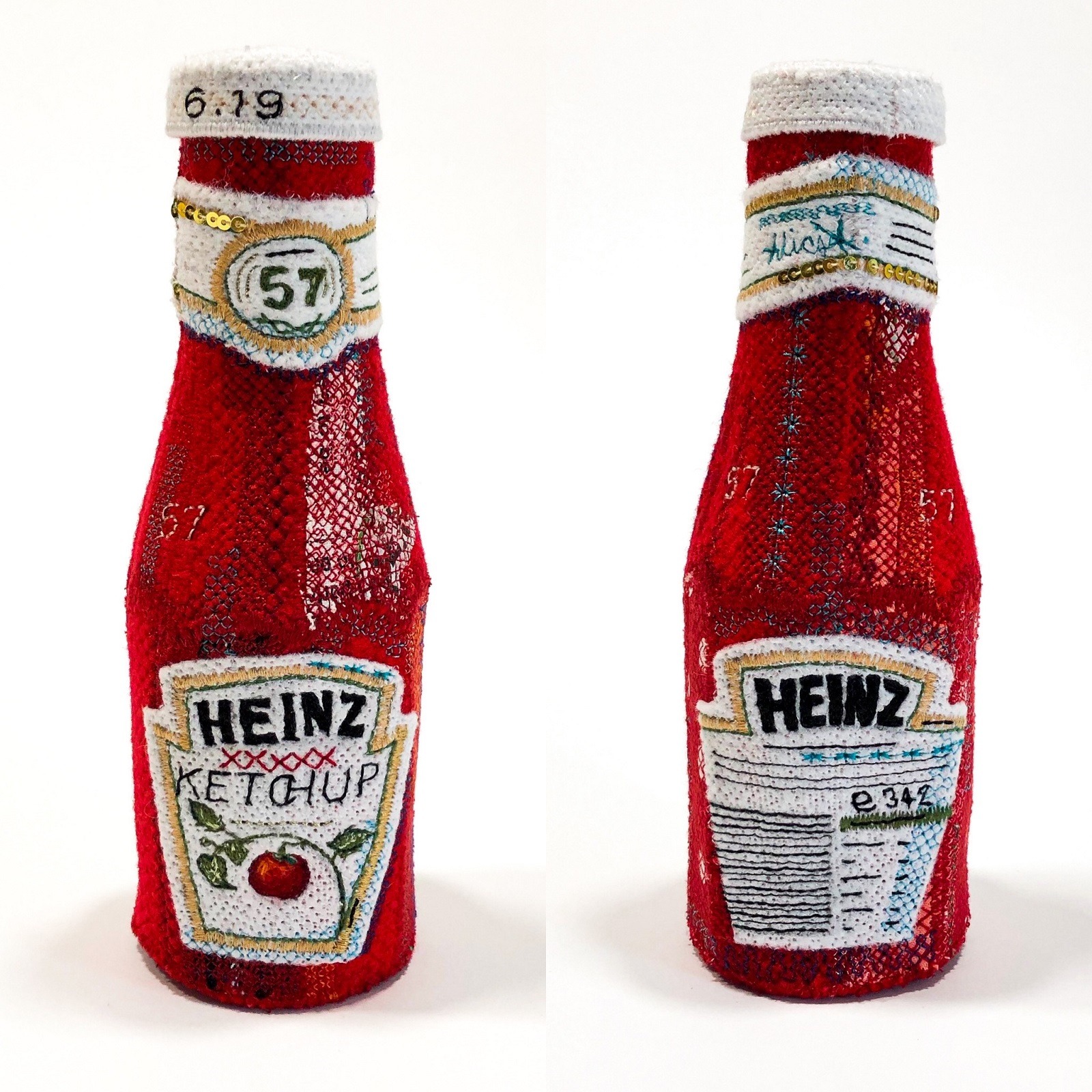
How has your work developed since you began and how do you see it evolving in the future?
This is a very difficult question. And if I were to be precise, I’d have to write a book.
I started with simple embroidery that evolved into 2-dimensional art. And then I finally managed to create embroidered 3-D sculptures. I do not look too far into the future, but I am gaining more and more experience and knowledge. And in the future, I would like to popularize embroidery as a form of modern art.
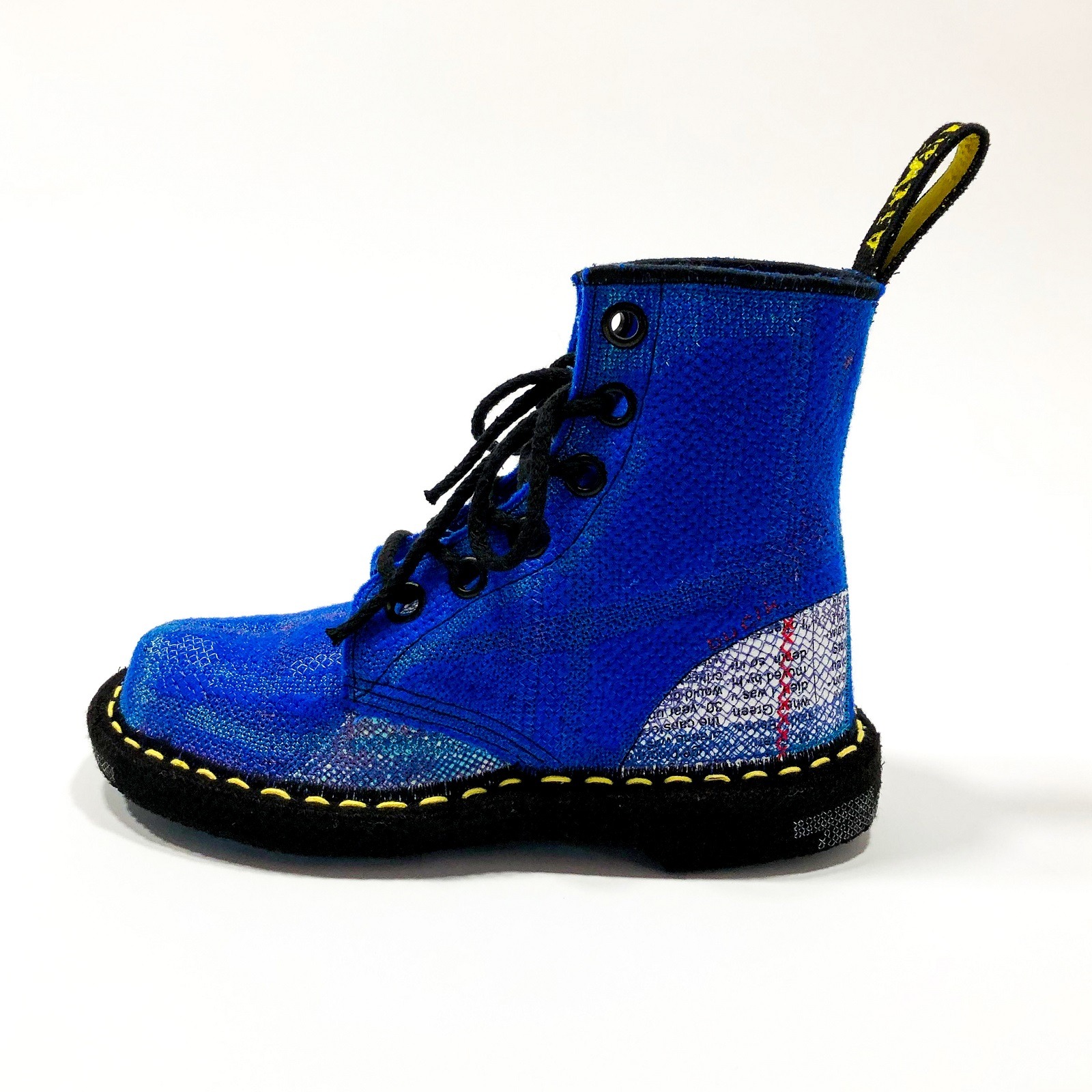
What advice would you give to an aspiring textile artist?
I believe that everyone, not just beginners, should search and experiment as much as possible. Don’t focus on just one technique.
And if you lack inspiration and have the impression of repetition, take a step back. Forget about trends and just start creating. As Andy Warhol used to say: ‘I just do art because I’m ugly and there’s nothing else for me to do.’
For more information visit www.alicesidea.com
Were you inspired by Alicja’s take on Pop Art? And can you see her connections to Andy Warhol? Let us know below.
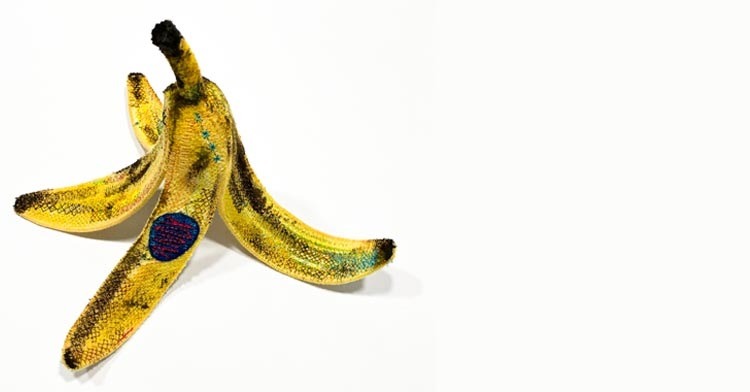
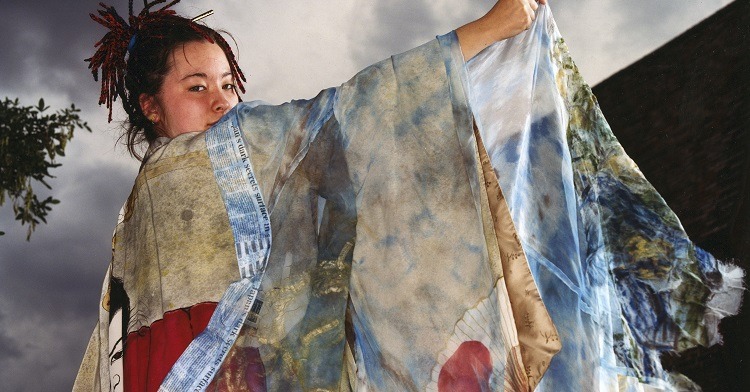
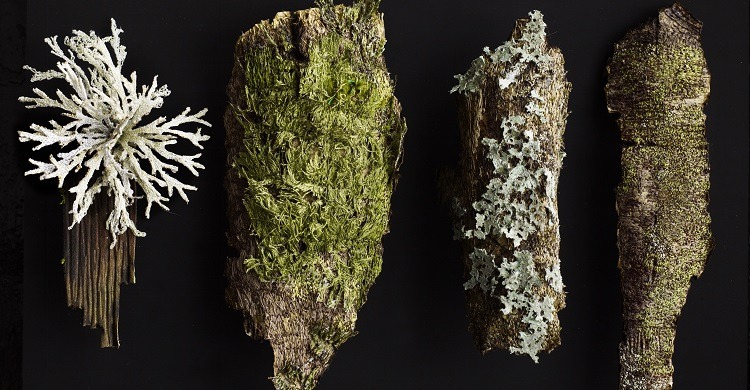
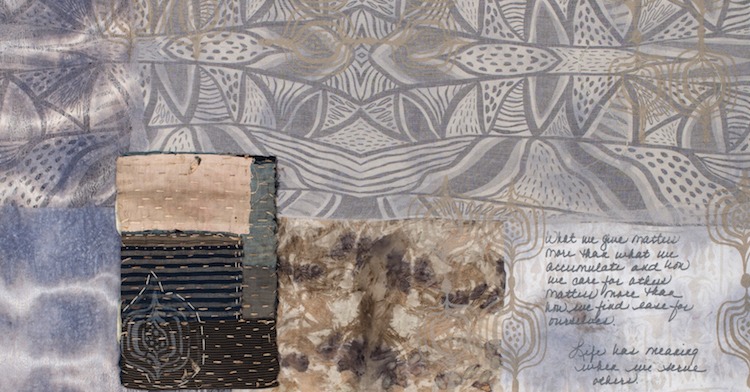
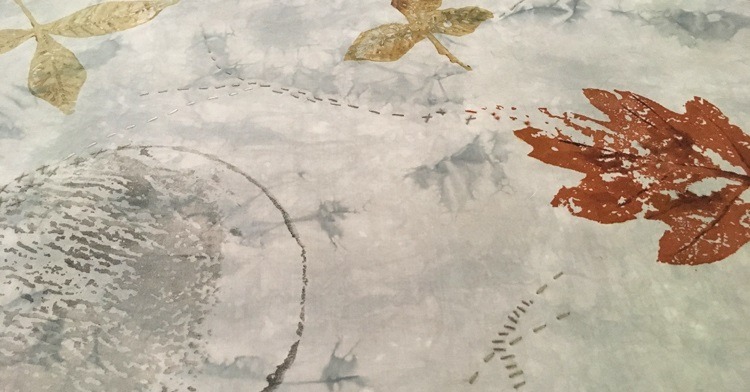
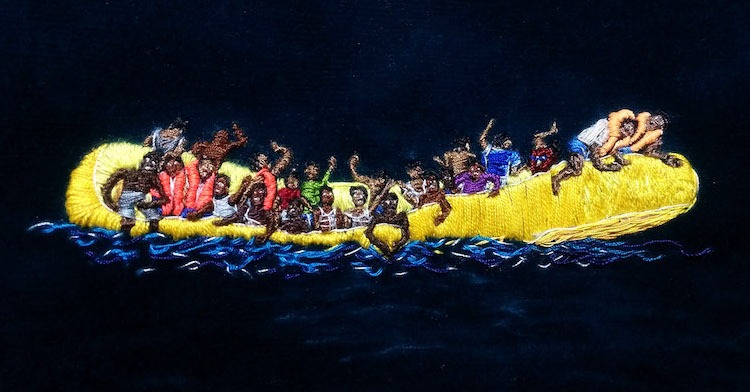
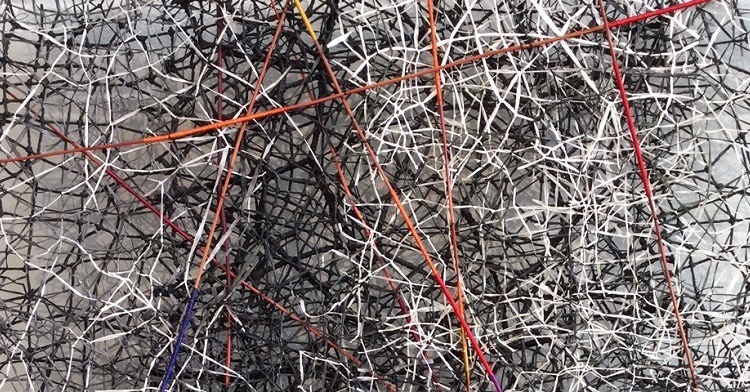
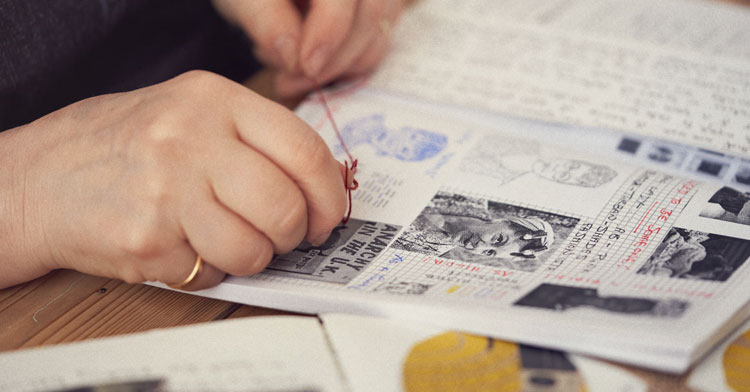
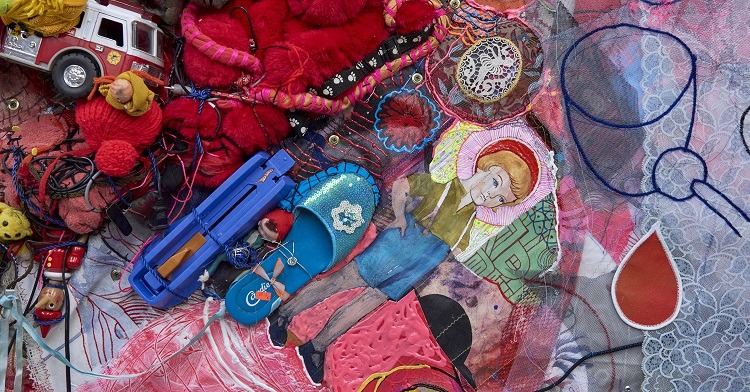
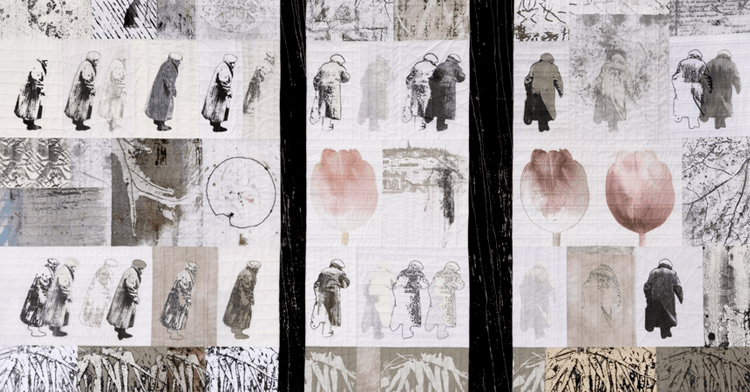
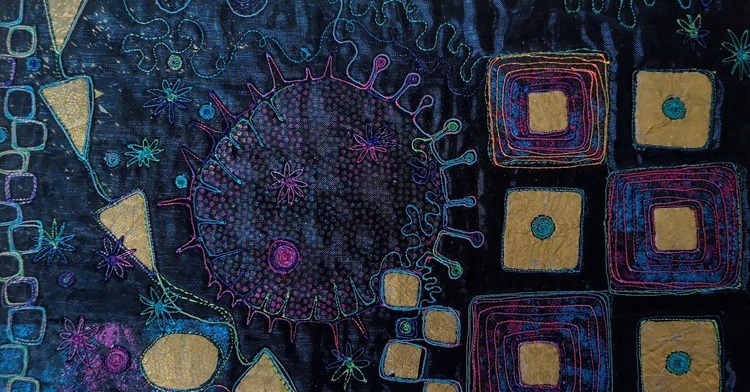
7 comments
Gisela Maus
Love Alicia s interpretions of food
Philomena McKendry
I’m very impressed by Alicja s work.
Deanna Tyson
One of my favourite art possessions is a small tableau of smokes, Rizzlers, lighter and lit cigarette made of silk, hand stitched and embroidered. So odd but so intriguing and much admired. I bought them from a fellow member of The Designer Crafts Guild but can’t recall her name but they so remind me off Alicja’s work
Delia Cecil
love the sculptures,clever, bright, and a joy to look at!
Judith thorne
I agree. This interview has reminded me of what a famous Georgia potter taught me (charles counts). When teaching our class about design he said good design can be found at dime stores and poor design in expensive shops. It taught me to really look just as you are showing us. Thank you.
Helen Brisson
Amazing work! It was very interesting her comments about each piece and how it’s a trial and error process She’s a master at capturing the subtleties in her pieces. Would love to see her show in person thank you for sharing, great interview.
Dominique PAYNE
I absolutely love Alicja’s work and find her very inspiring. Thank you so much for such an interesting interview.